Selected shows
pidust/bevza
bevza/pidust
Forum Neun, Leipzig 24.05 - 01.06.2025 Supported by Stallmann Gallery Viewing room on Artsy
![]()
![]()
![]()
![]()
![]()
![]()
![]()
![]()
![]()
![]()
![]()
![]()
Fotos @Forum Neun
After You
Duo show with Volo Bevza Museum Bensheim, Bensheim 15.03 - 13.04.202 Supported by Gallery CRONE Berlin, Vienna
With text by Dr. Luisa Seipp (Curator at Schinkel Pavillon)
![]()
![]()
![]()
![]()
![]()
![]() Photos by @Thomas Neu
Photos by @Thomas Neu
GIUDECCA SHOWROOM 17-21.05. Venice Stallmann Gallery Kubaparis
![]()
![]()
Lossy
Victoria Pidust & Volo Bevza Gallery CRONE, Vienna January 19 – March 16, 2024 With text by Christina Lehnert On Artsy
![]()
![]()
![]()
![]()
![]()
![]()
![]()
![]()
![]()
![]()
![]()
![]() Photos: Simon Veres
Photos: Simon Veres
EXPECT THE UNEXPECTED. CURRENT CONCEPTS FOR PHOTOGRAPHY.
Kunstmuseum Bonn 16.02.2023 - 1.05.2023
pidust/bevza
bevza/pidust
Forum Neun, Leipzig 24.05 - 01.06.2025 Supported by Stallmann Gallery Viewing room on Artsy






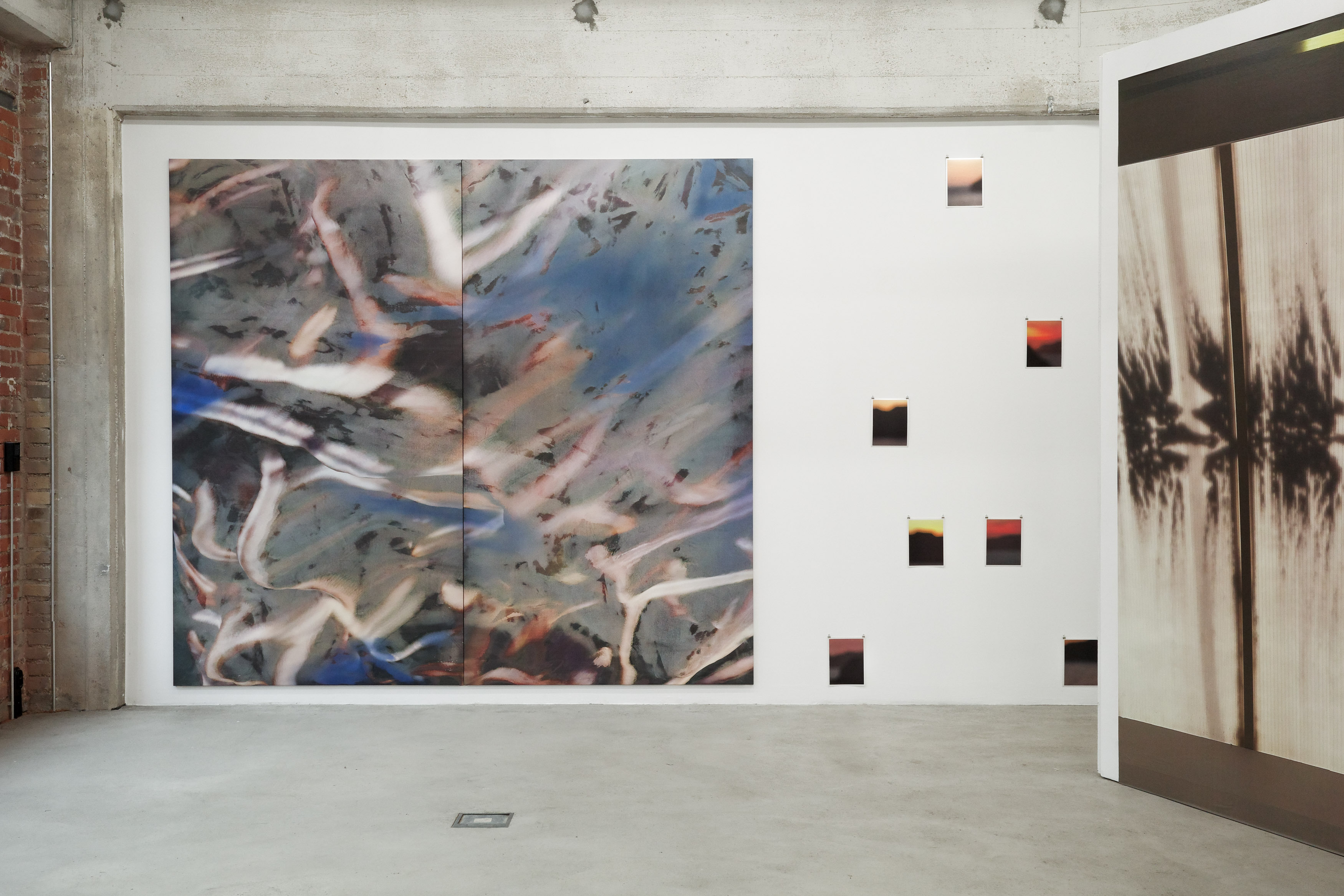
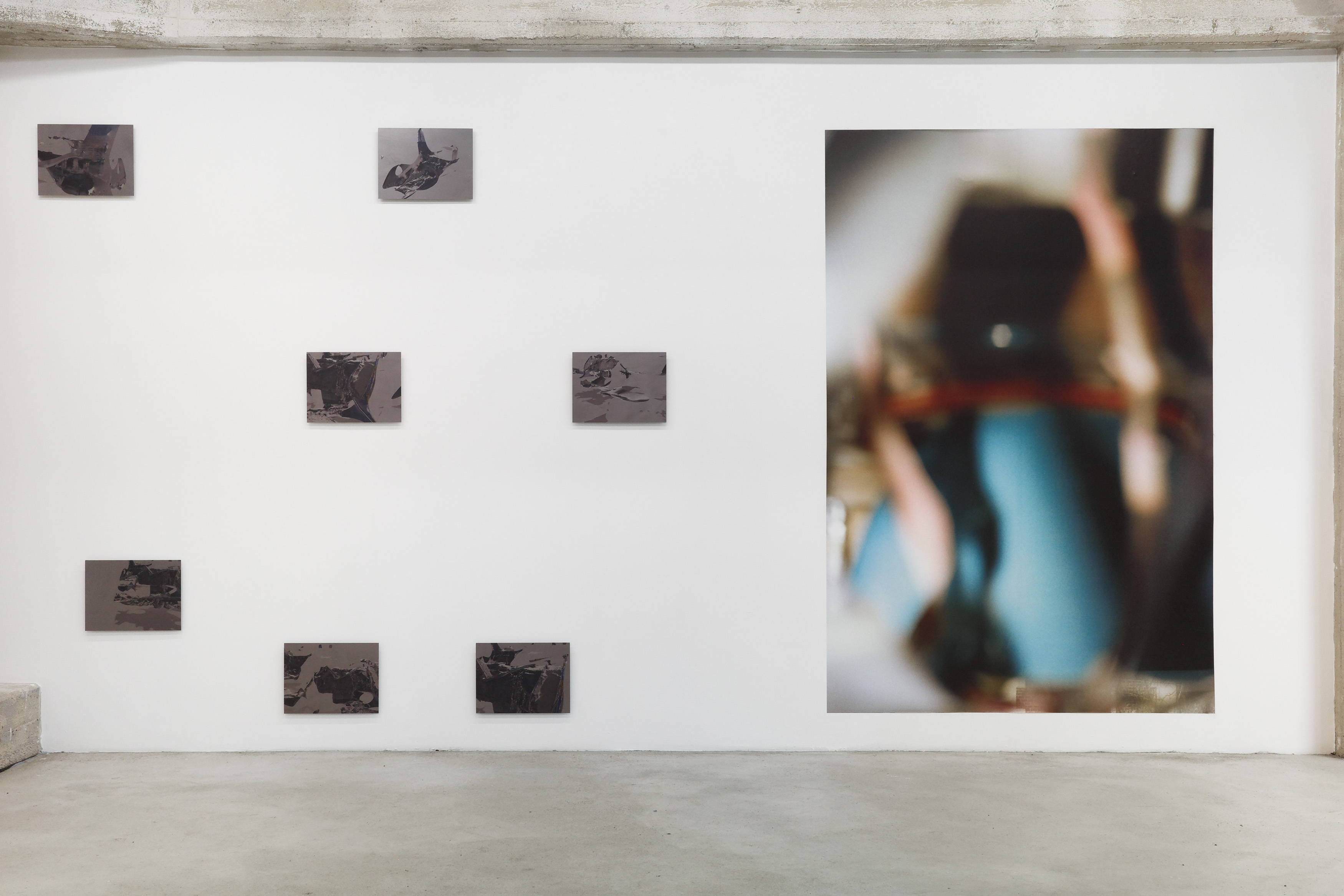


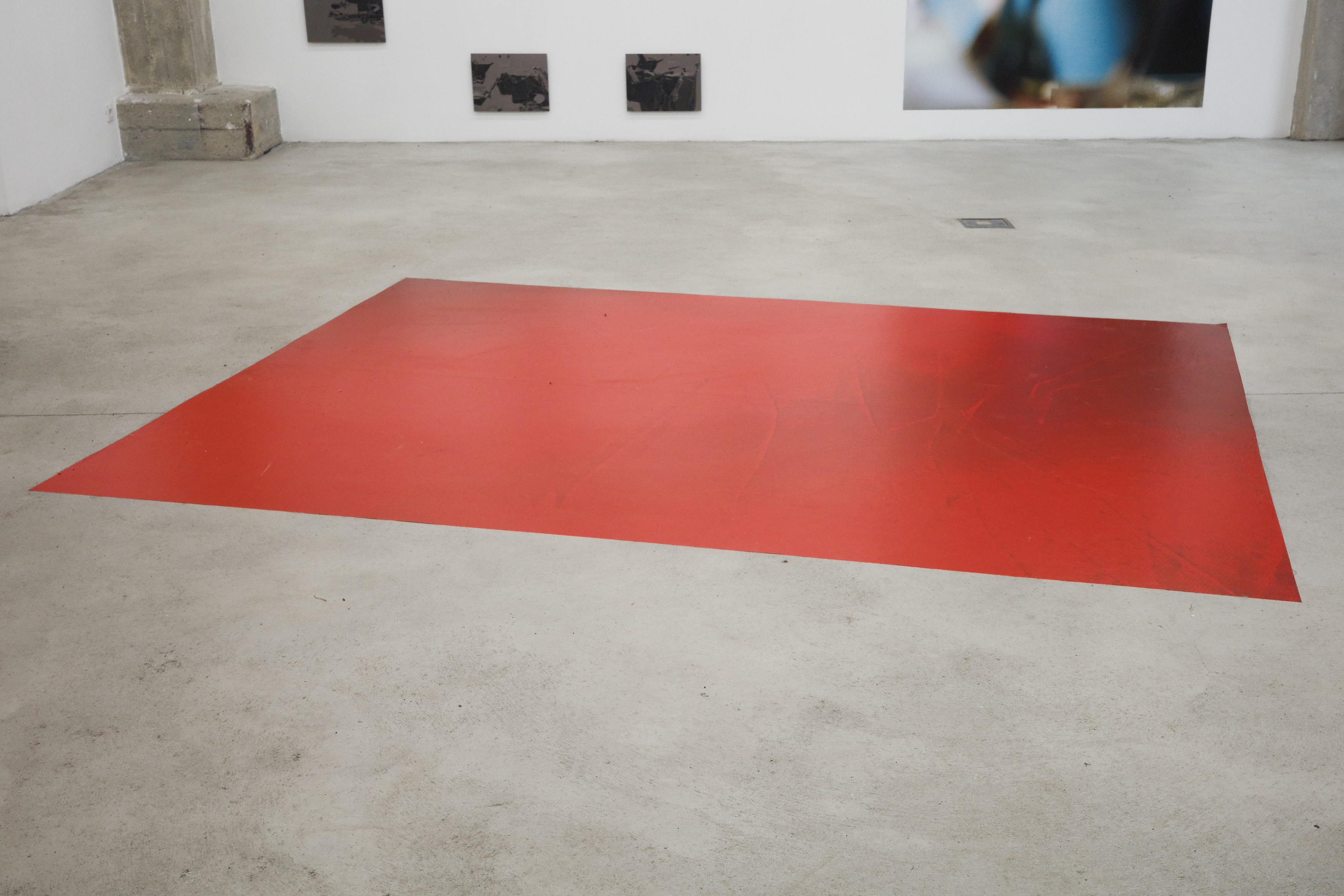

Fotos @Forum Neun
After You
Duo show with Volo Bevza Museum Bensheim, Bensheim 15.03 - 13.04.202 Supported by Gallery CRONE Berlin, Vienna
With text by Dr. Luisa Seipp (Curator at Schinkel Pavillon)



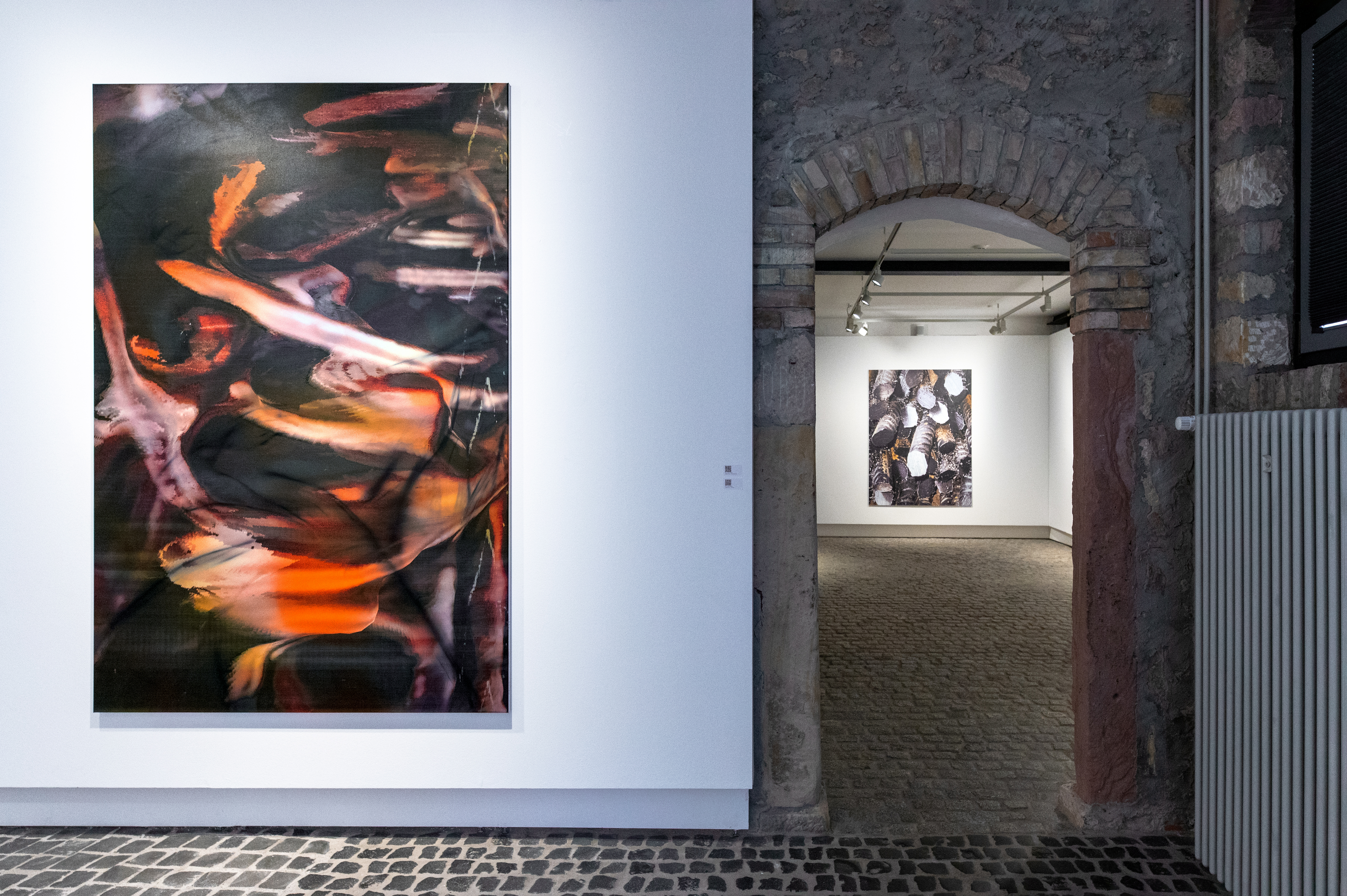
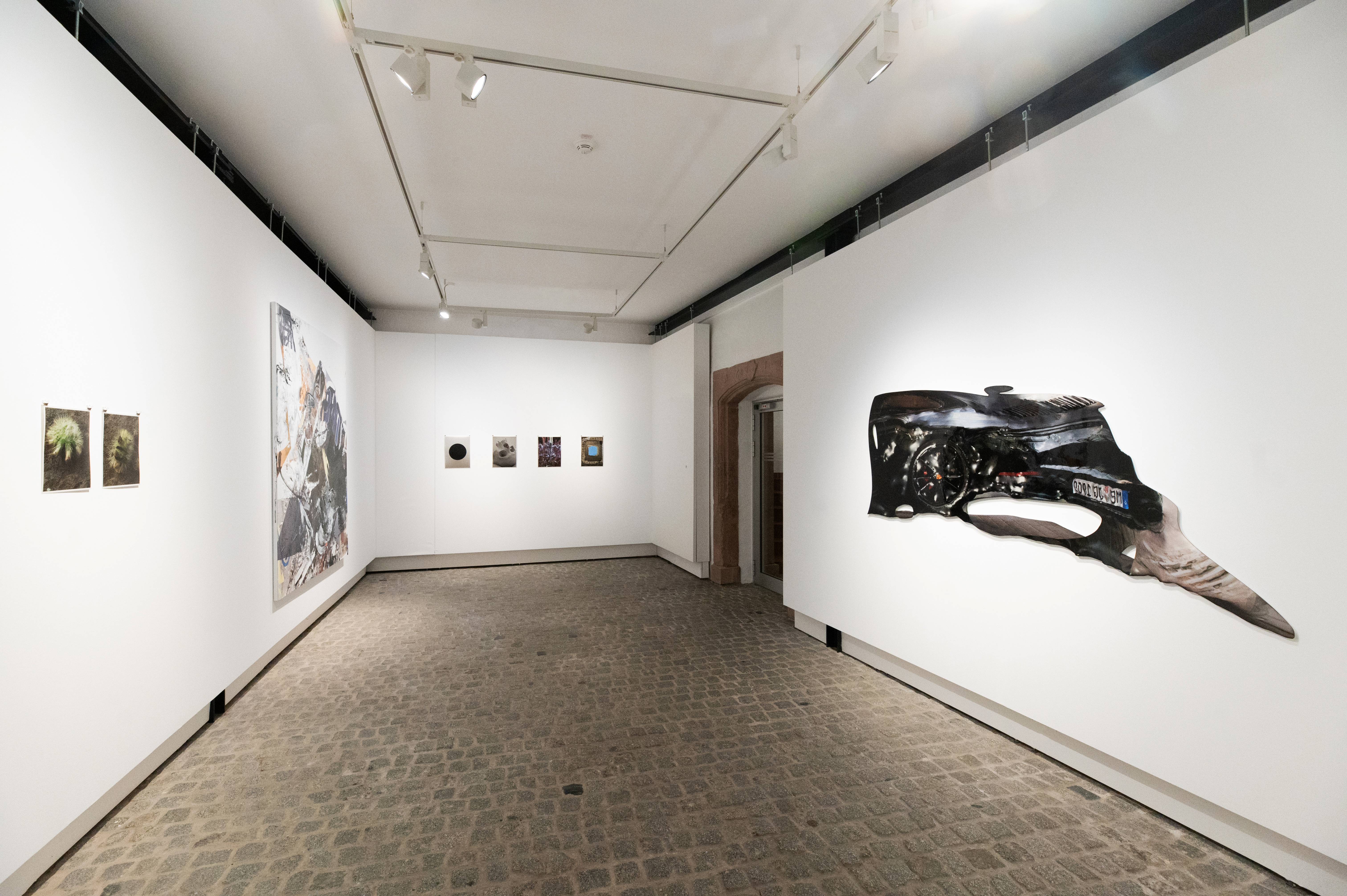
GIUDECCA SHOWROOM 17-21.05. Venice Stallmann Gallery Kubaparis


Lossy
Victoria Pidust & Volo Bevza Gallery CRONE, Vienna January 19 – March 16, 2024 With text by Christina Lehnert On Artsy


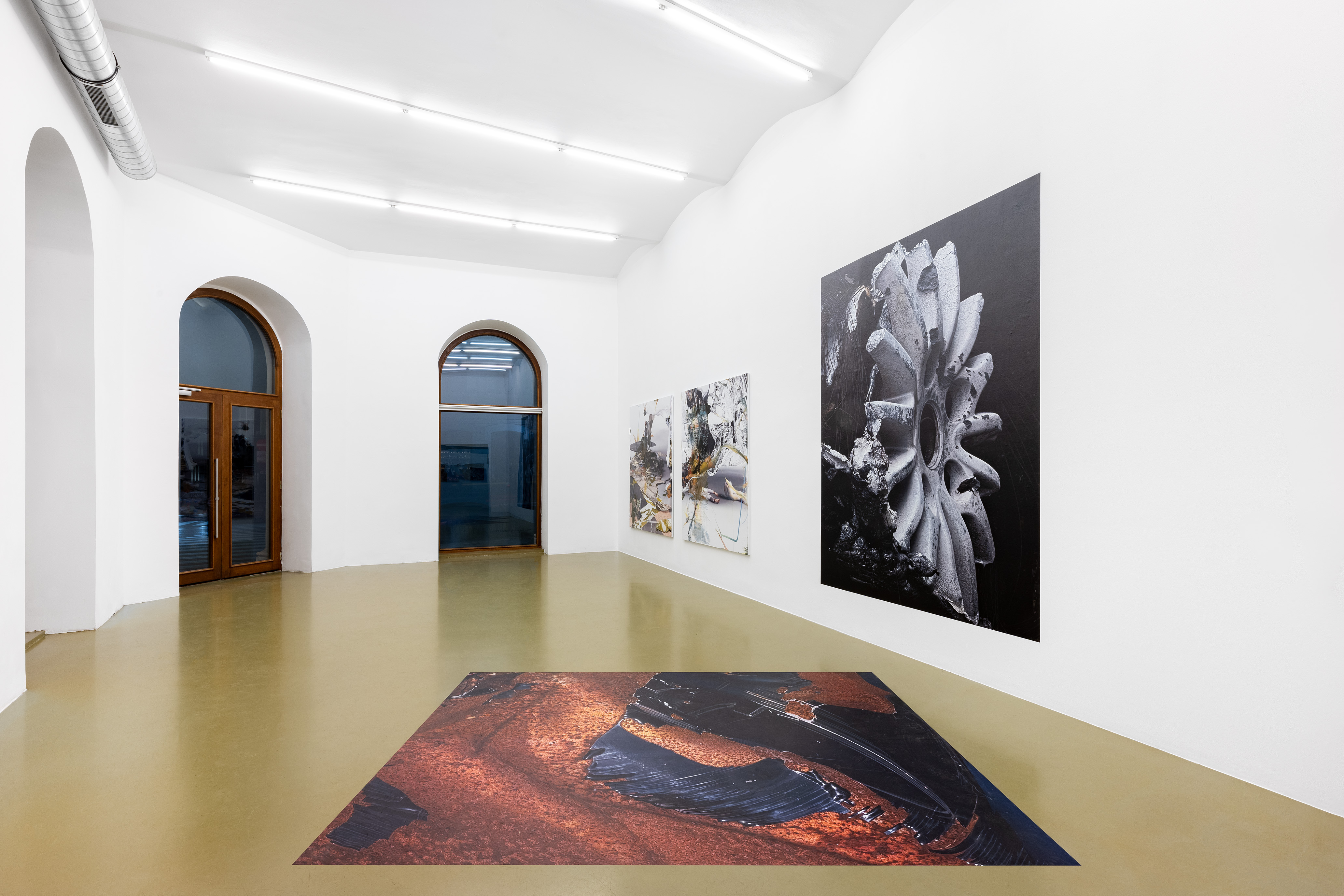









EXPECT THE UNEXPECTED. CURRENT CONCEPTS FOR PHOTOGRAPHY.
Kunstmuseum Bonn 16.02.2023 - 1.05.2023

Solo booth
Art Cologne New Positions 2022









2022
Galerie Crone, Vienna Curated by Volo Bevza & Eva Kraus

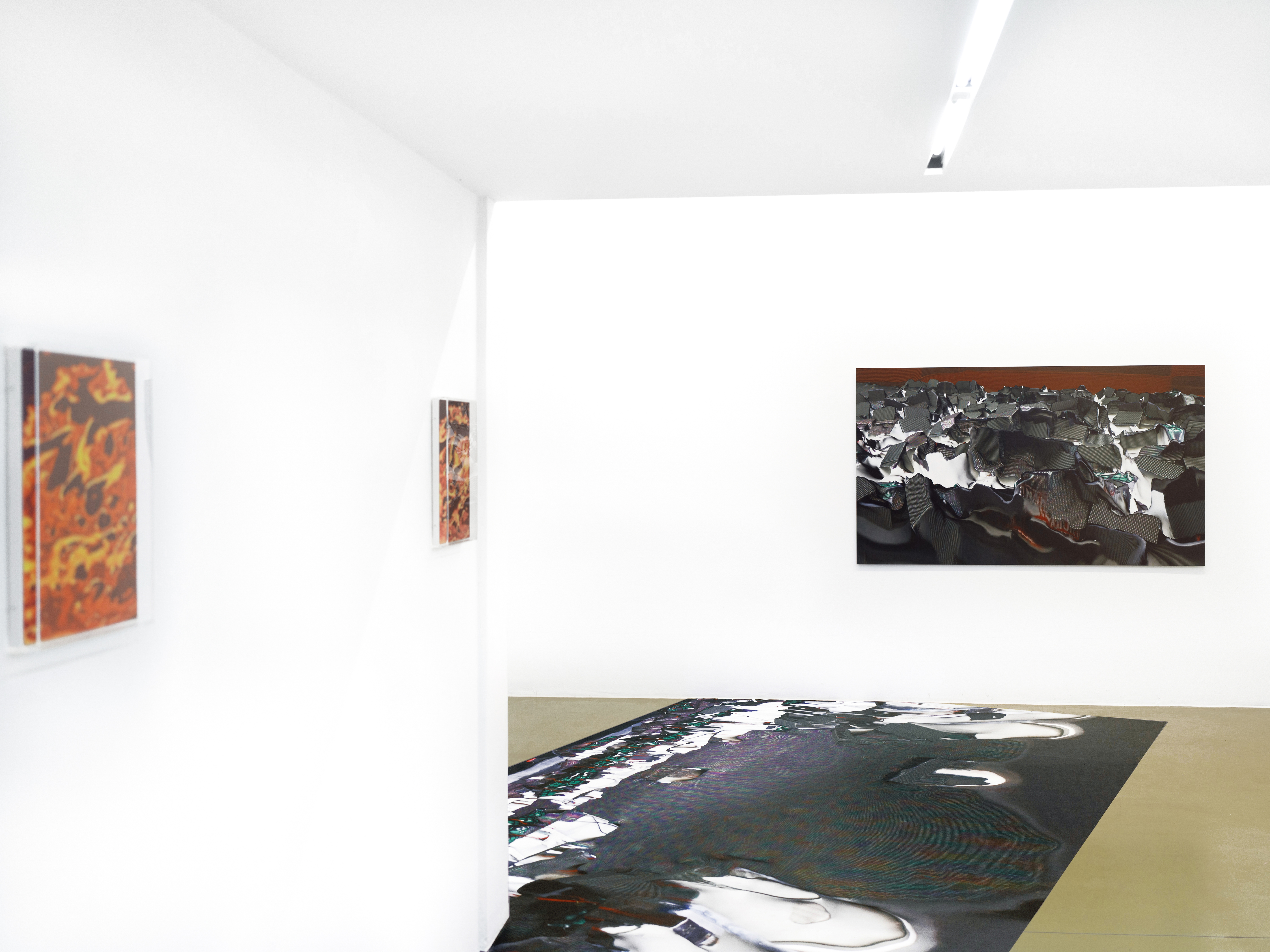

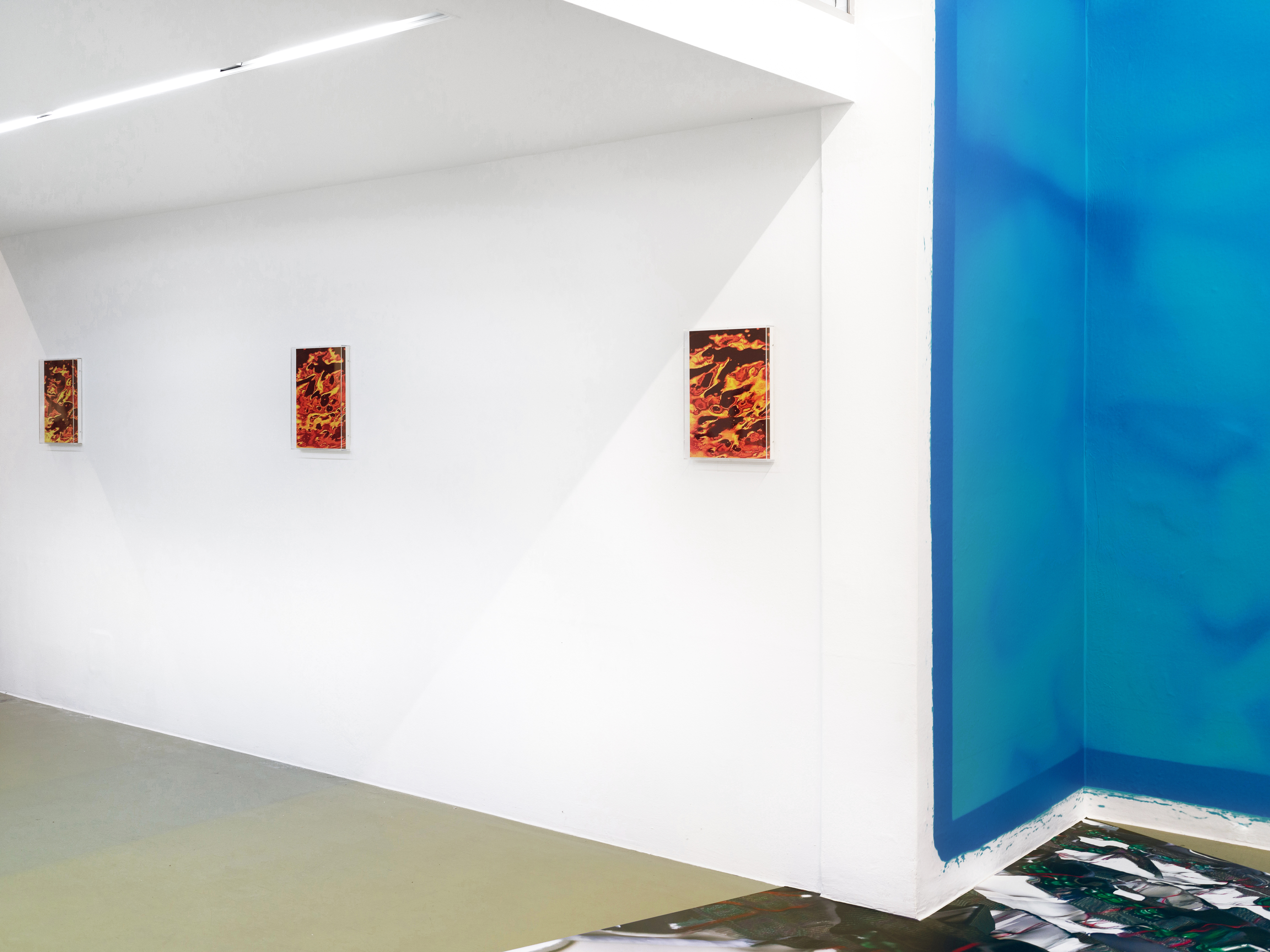
Artist Inside Fellowship
C&A, Neukölln 2022





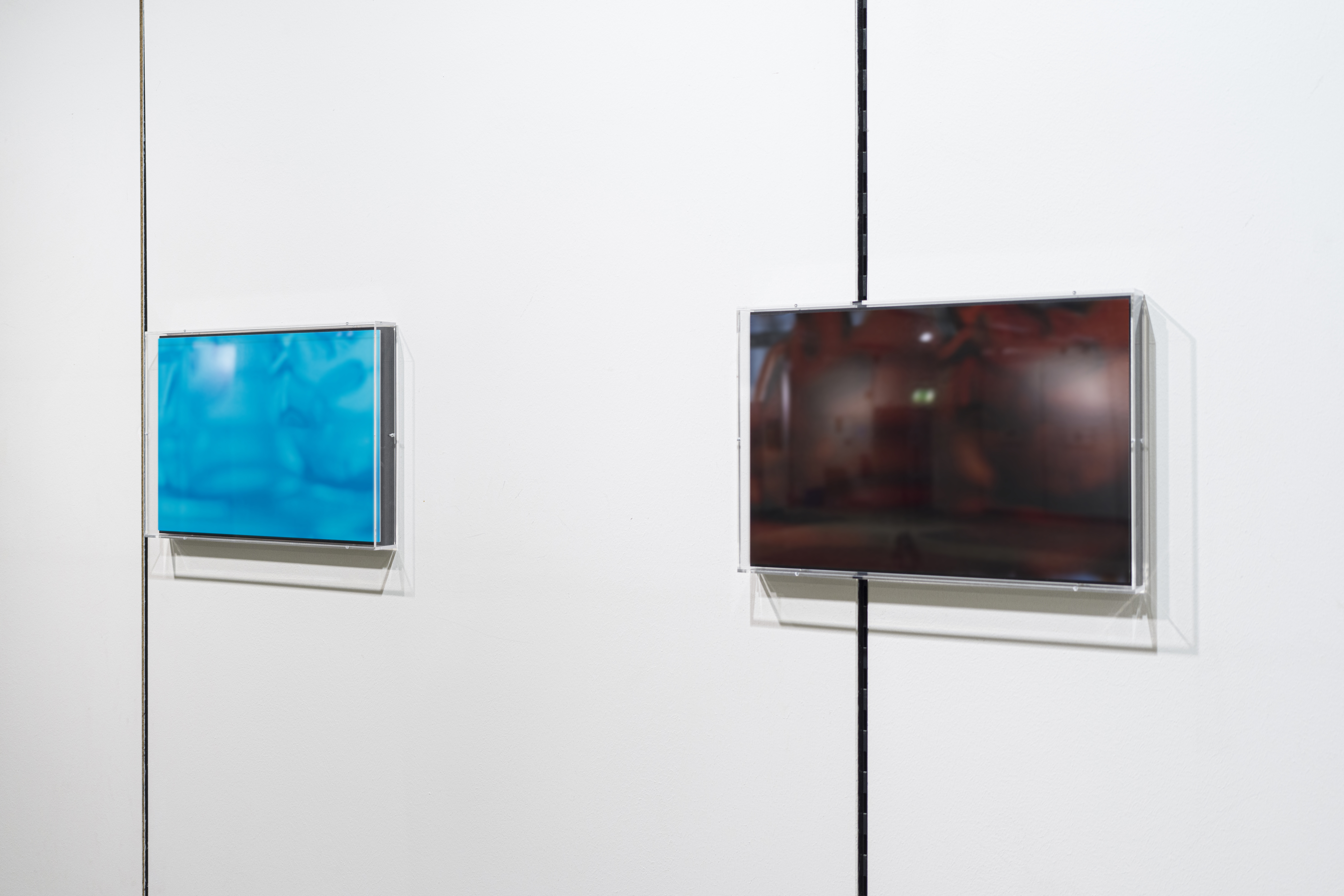

Sirens are calling from the shadows A:D CURATORIAL, Berlin 16.09 - 30.09.2022




POSTOST: Україна / Ukraine Berlin


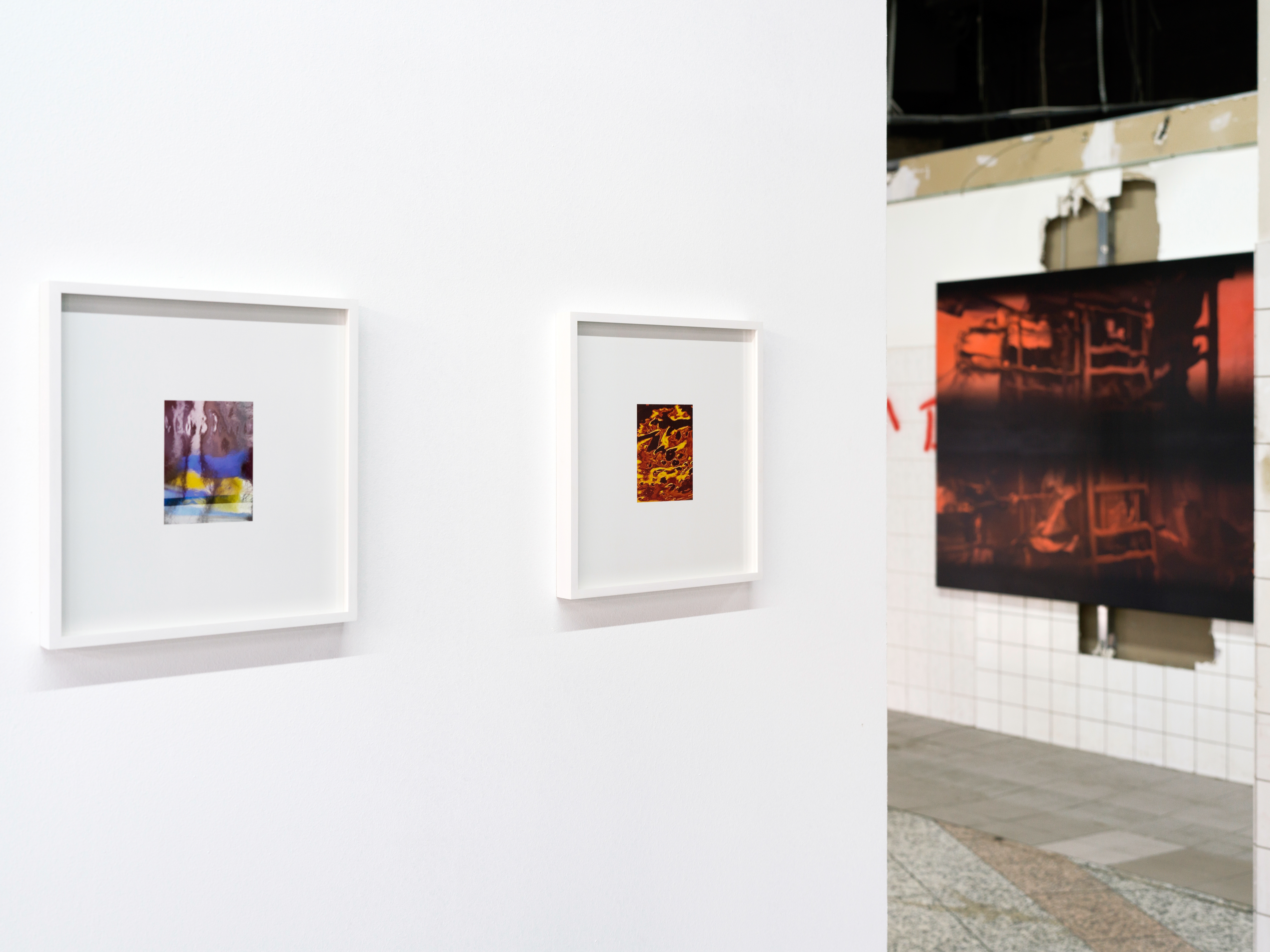




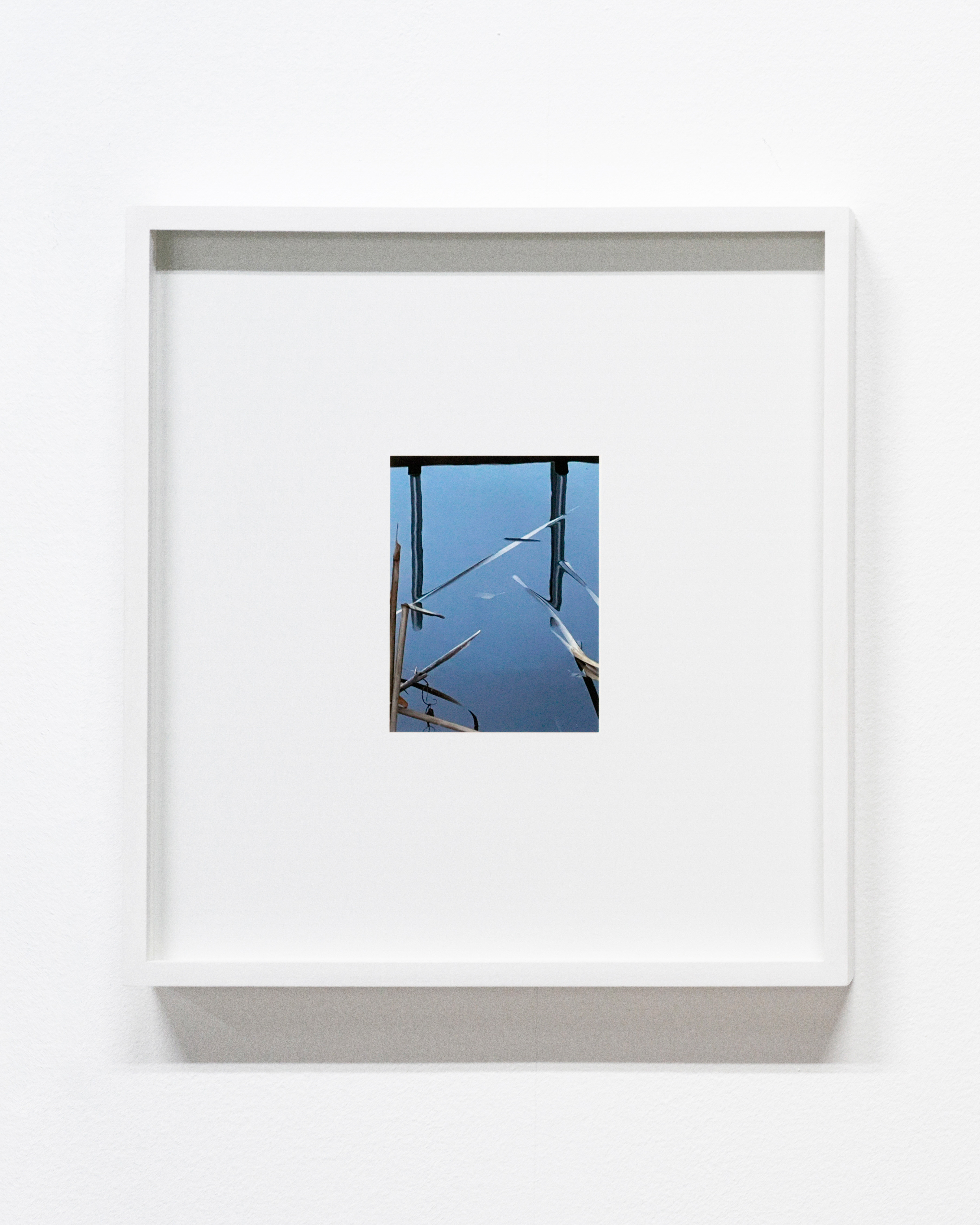



new talents 2022
FUHRWERKSWAGEN Cologne


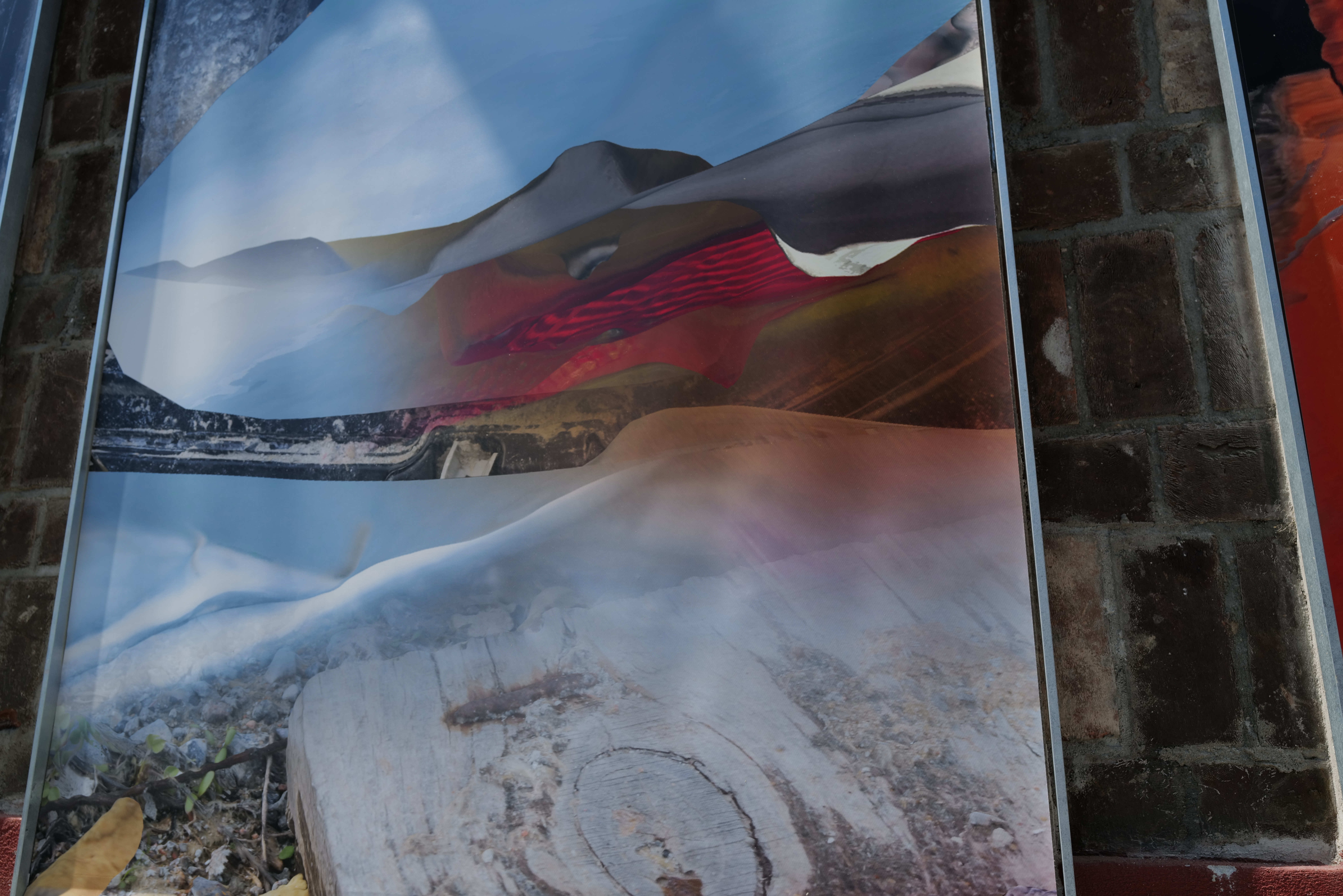



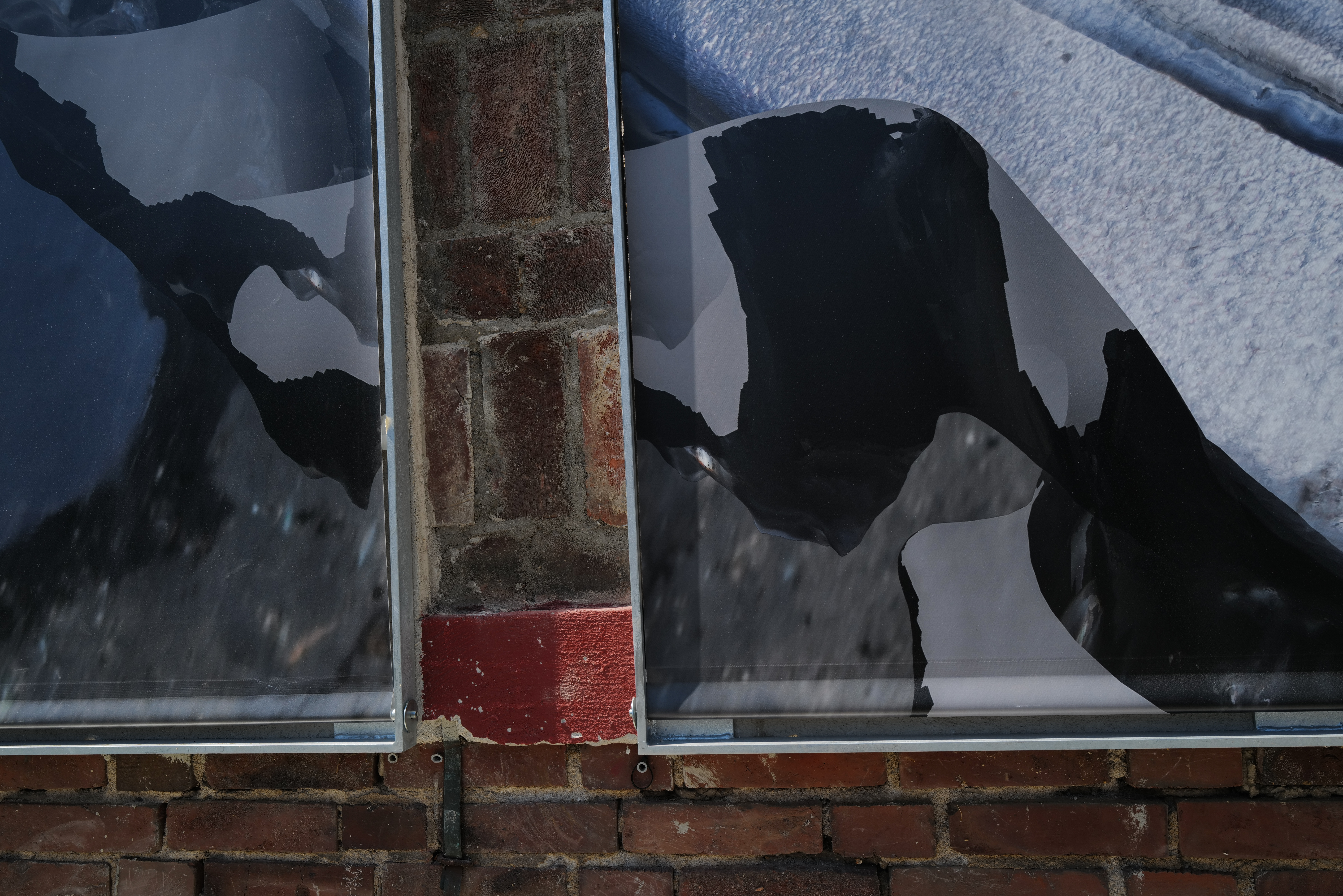

7. Himmel
Super Super Markt Exhibition 6 2022



Photos ⒸNick Ash
Solo booth
Curiosa sector Paris Photo 2021 Curated by Shoair Mavlian

Green spots
Kühlhaus 2021


I will not think about this for too long
Solo show Kunstverein kjubh Cologne 2021







Potos by Ⓒ Felix Contzen
Bildmassage
Solo show JVDW space Düsseldorf 2021



Photos by ⒸTillmann Franzen
Which side up?
Kunstraum Potsdamer Straße Berlin 2021
 I (3)
I (3)CUTs